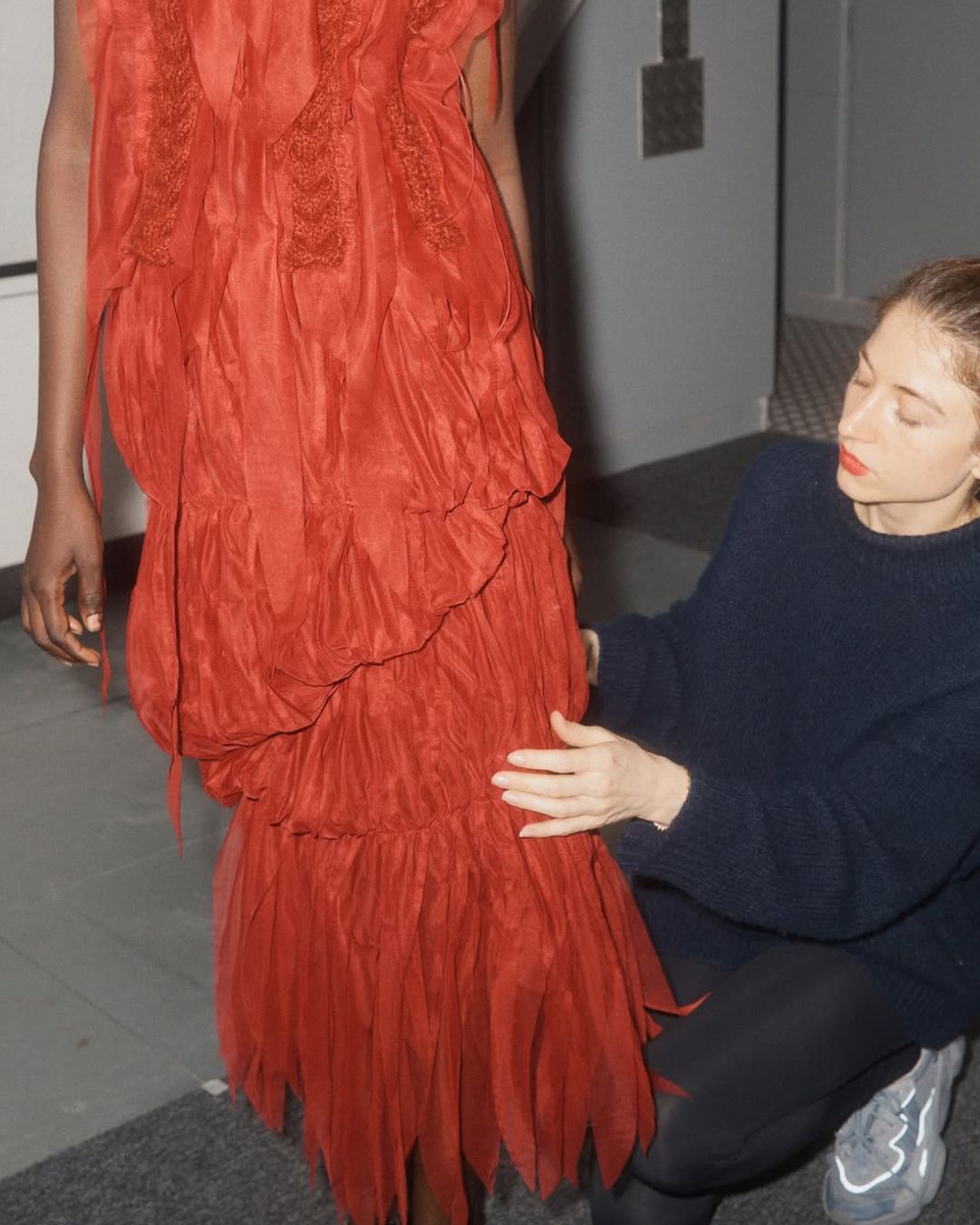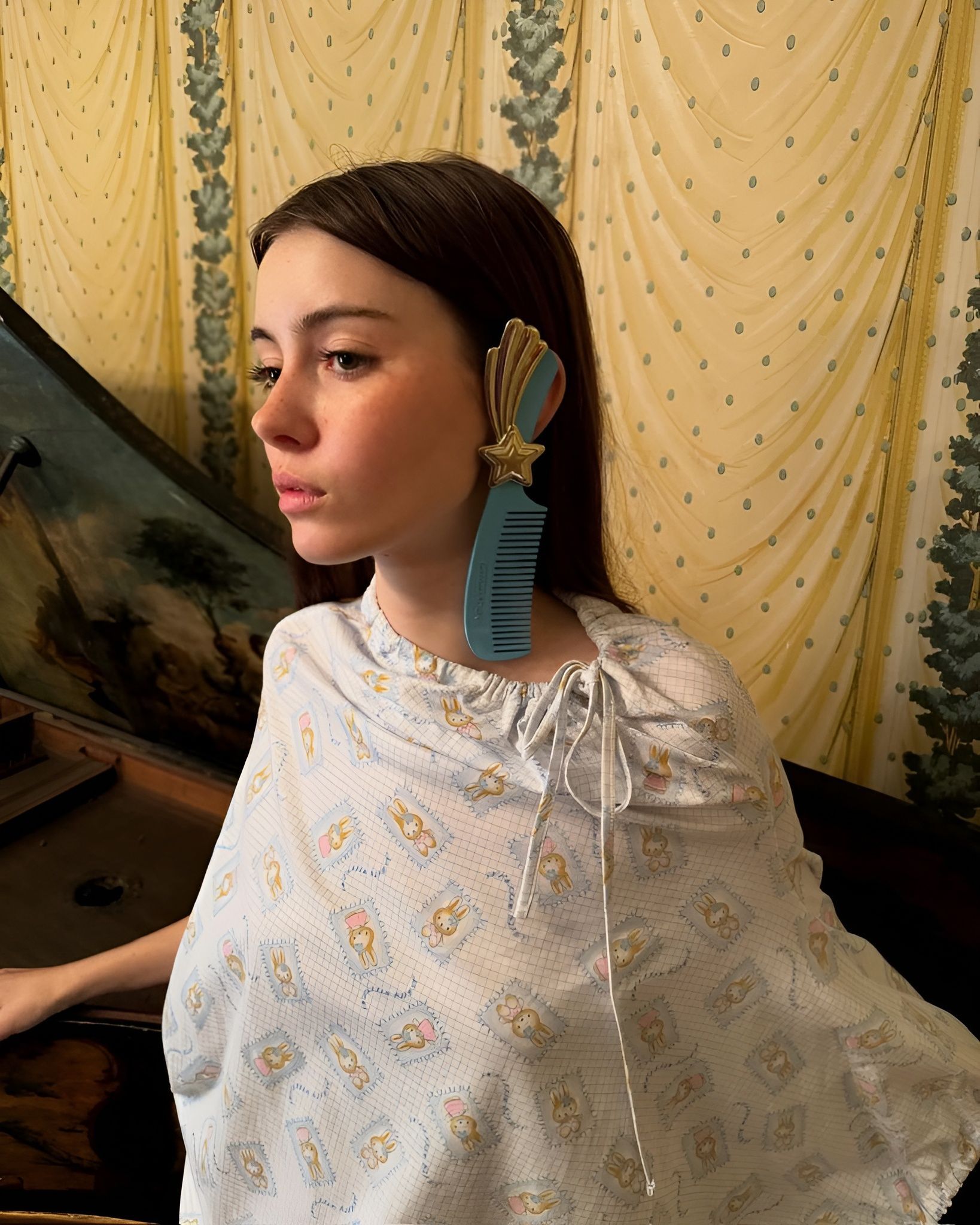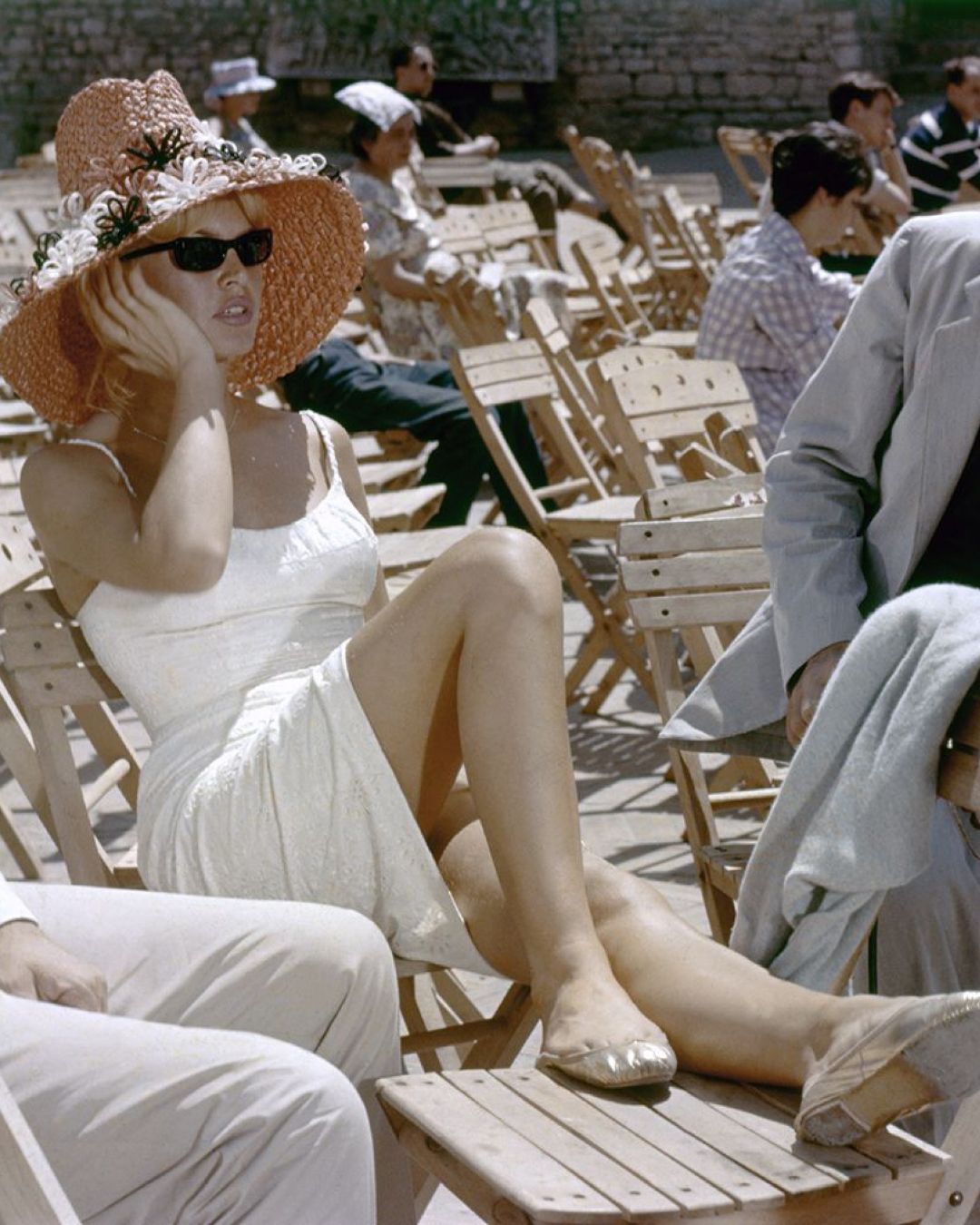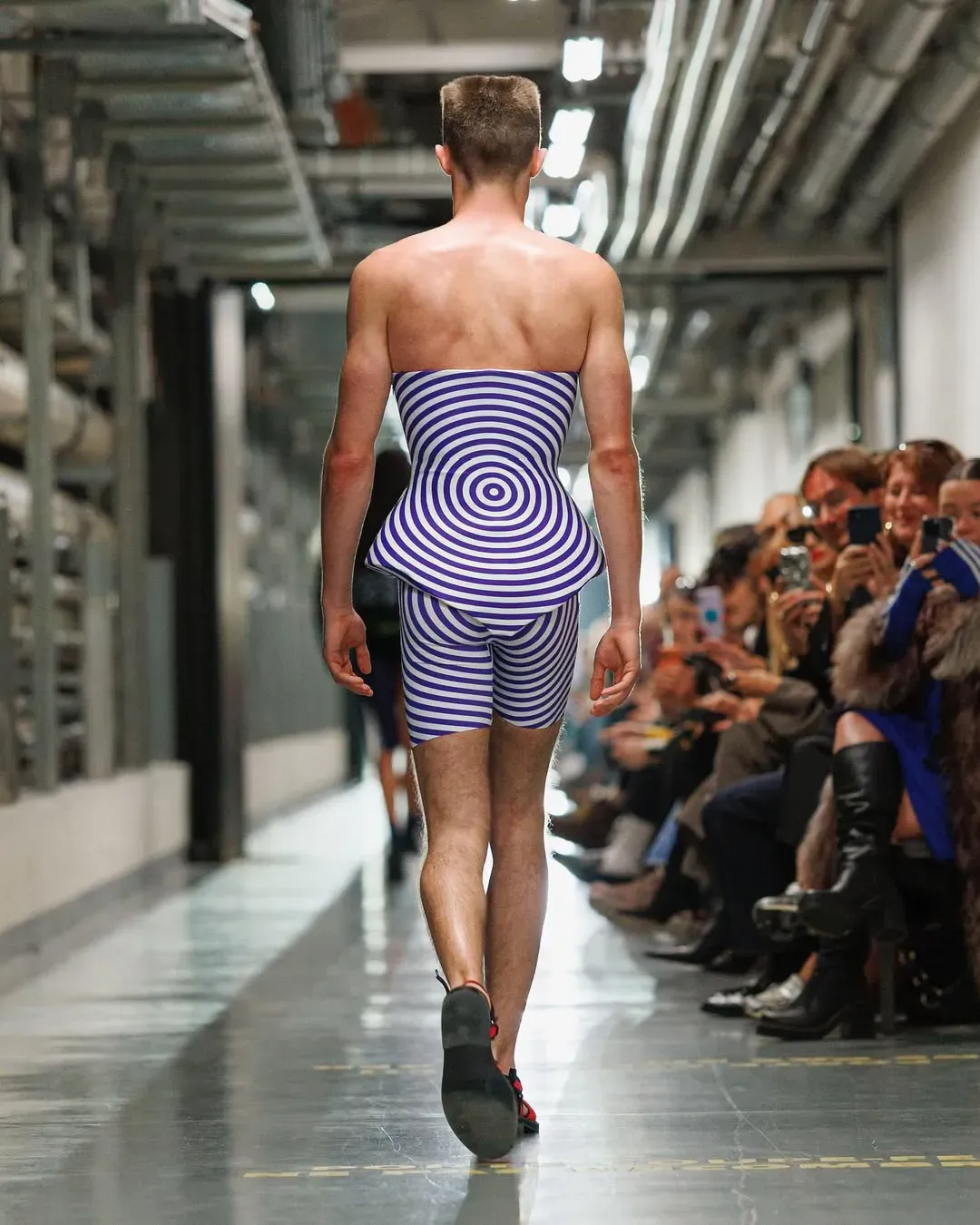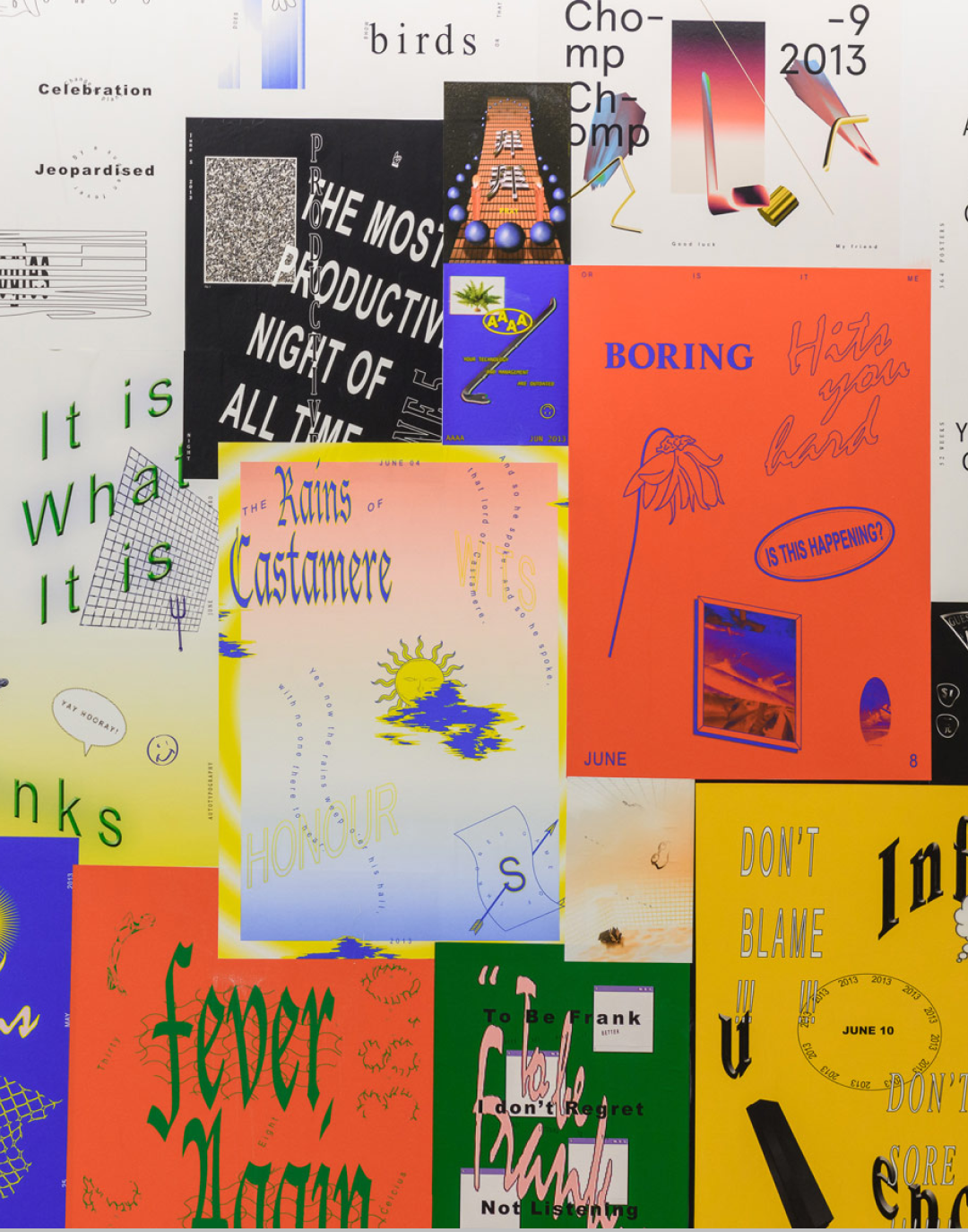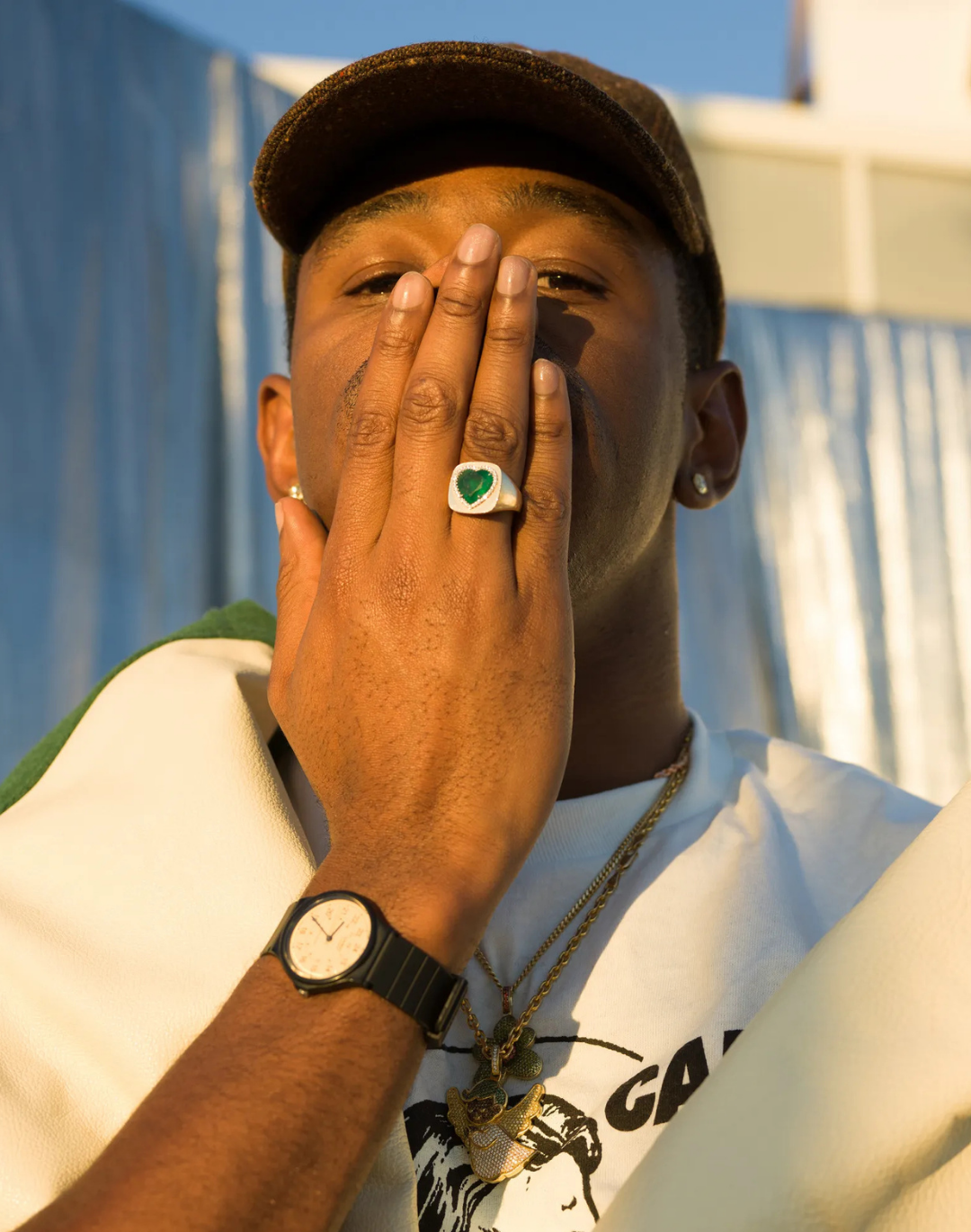
What do Italian fashion students think about what they are taught? Italy often forgets that fashion is also a creative practice
We asked Italian students, trained in university fashion courses between Milan and Venice, what they think about the duration of teaching in Italy: if they feel that schools truly prepare them to be creative, if the path is structured to build a personal language, if awareness of one's cultural role comes immediately or too late. Their answers highlight the critical issues of a system that struggles to evolve and compete with international models. Italian creativity seems to live by reflection, anchored to a reassuring aesthetic image – between postcard dishes, Renaissance references, and faded myths of fashion past – convinced that this is still enough to make us relevant in the world. But this is no longer the case. Today, it's necessary to convey complexity, not to take refuge in the visual clichés built by cinema, communication, and branding. Italian fashion, after all, also grew thanks to communication strategies born elsewhere – just think of America's role in promoting it after the war – and our gastronomic tradition, now a global heritage, is the result of contaminations, not just local stories. This tendency towards simplification is also reflected in places where design is taught, where a layered narrative, open to new traditions, is often missing.
@istitutomarangoni Do you want to study fashion? Learn more about the three main careers offered by #IstitutoMarangoni with @kmi celis #fashion #career #fashiondesign #fashionstyling #fashionbusiness suono originale - Istituto Marangoni Official
The educational system appears more outdated than authoritative. Not only in terms of content, but in how it conceives fashion: a profession to be followed, rather than a design space to be explored. While in Italy the Ministry of Education only recognized fashion design as a university course in 2004, placing it among visual arts, music, and entertainment, in the UK, Fashion Design courses were institutionalized in the mid-twentieth century, and the London College of Fashion was founded in 1974. The distance is cultural first, then chronological; it's not a matter of delays, but of vision. In Italy, even in the best contexts, more employees ready to move abroad are trained than designers capable of creating their own language. This also stems from how fashion is perceived in our country. As sociologist Paolo Volonté argues, fashion in Italy legitimizes itself more through a «culture of wearability» than through art or research. Clothing is designed to serve, not to express. The designer is often seen as a technical figure, who «retreats into the shadows» so as not to interfere with market logic. A vision that explains why many young creatives look for a brand to rely on first, rather than a voice to develop.
Through the anonymous testimonies of students and young designers between 22 and 26 years old, trained in three-year and master's courses, across public and private schools from Venice to Milan, we sought to understand if, during their journey, it had been clear, even before the job prospect, that their role could have a cultural impact. O.C. said that it was «never explicitly pointed out to me, but it's something I started to realize personally in my last year, hoping that what I do will have a cultural impact.» Her answer shows how the school did not stimulate active reflection on this topic, which elsewhere is an integral part from the beginning of the training path. The fragmented structure of the courses also slows down the construction of a coherent vision. In schools like Central Saint Martins, every student works from day one on a project that will culminate in the end-of-year collection. In Italy, however, says L.G., 22, «Given how some workshops are structured, we often start from scratch. There's no real connection with previous projects. We rarely work continuously and it's not common practice to discuss the progress made with professors. It's the student who has to maintain project coherence on their own.»
@allegradirusso non potete capire la gioia nel vederla stampata #fashion#fashiondesign#fashionschool#fashionstudent#milano#marangoni suono originale - Disney Italia
Making everything more complex is also the difference between those who study fashion and those who deal with visual arts. P.U., 25, says that her projects, «especially in the master's course, must produce marketable, wearable objects. Objects that integrate into everyday life through use. I understand that fashion is commerce, but during the study phase, these restrictions can be limiting.» Her analysis highlights how the approach to design in Italy is strongly market-oriented even in a free context like university, where greater experimental freedom would be expected. Finally, C.K., 25, adds «that I discovered my personal practice on my own. The university doesn't really prepare you to develop your own brand. I knew I was training to work, and that's what happened. My language will come, but in a few years.» In this case too, a preparation emerges that focuses more on entering a company than on developing a design poetic. One's own voice, if it comes, comes later. Perhaps the issue is also cultural: the Italian idea of slow and reflective time, which on the one hand allows for depth, on the other hand makes us arrive later. And when you meet those who trained in Anglophone environments, you feel that disconnect: they are already ready to build the present. We are still figuring out where to start.


